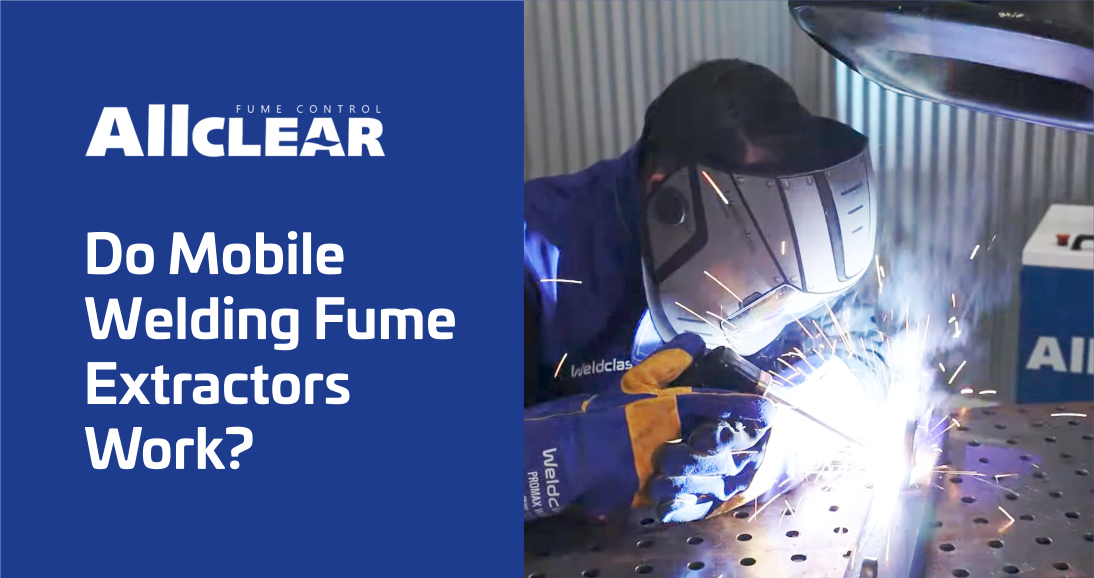Mobile Welding Fume Extractors
Posted by ACL Team (Credit: Weldclass) on 4th Sep 2024
What is so good about them?
- Low operating costs & proven reliability
- 7 Year Warranty offer
- Cleanable cartridge filter for extended life and significantly lower filter replacement costs
- Exceptional suction power with max air flow rate of up to 3,500 m3/hr
- Cleanable cartridge allows for consistent suction, with minimal flow drop
- Spark deflection system shields filters from coarse particles and sparks, and redirects them to the dust collection tray/bin, significantly reducing the risk of burnout and further increasing filter life
- Large surface area filters with high filtration efficiency
- Patented dust collection tray/bin allows fast & safe removal of dust ejected from filter cleaning
- Exhaust airflow is directed upwards & away from the floor/ground, for minimal disturbance of dust in surrounding environment
- 100% Australian owned, operated, & supported
- Range of units available with manual and auto cleaning, 1ph or 3ph power, single or twin arms
What is a Mobile Welding Fume Extractor?

How do Mobile Welding Fume Extractors Compare with Other Solutions?
Fume Control System | Pros | Cons |
Mobile Fume Extractor  |
|
|
Fume Extraction MIG or TIG Welding Torch  |
|
|
Welding Helmet with PAPR Respirator  |
|
|
Ducted/Central Fume Extraction System  |
|
|
Main differences with the Fume Extractors

Obviously you don't want to invest in a fume extractor, only to find that it doesn't have enough airflow or suction power to do the job. There are significant differences between the air flow rate (m3 per hour) between brands and models, so it pays to check this out. Keep in mind that airflow rates are measured when the filter is new/clean, and the advertised flow rate is not the whole story.
It's also just as important to be aware that the air flow rate typically reduces as the filter becomes full (because there is more air flow obstruction), resulting in lower suction and reduced extraction efficiency.
2) Replacement Filter Costs:
This factor is often not given enough consideration prior to purchase of an extraction unit. The two questions here are a) what do replacement filters cost? and b) how often will I need to replace them?
Replacement filters can cost anywhere from around $500 to well over $1,000. However, the price alone is somewhat meaningless without some indication of service life. A filter might be higher cost than others, but last longer in service and result in a lower overall cost.
Determining out how long a filter will last is one of those "how long is a piece of string" questions. There are so many factors and variables that can affect the service life (volume of fume, frequency of use, etc), that most manufacturers will only provide a ballpark figure at best.
3) Filter System:
All mobile extractors have replaceable filters. The three main types of filters used are Box Filters, Disposable Cartridge Filters, and Cleanable Filters.

